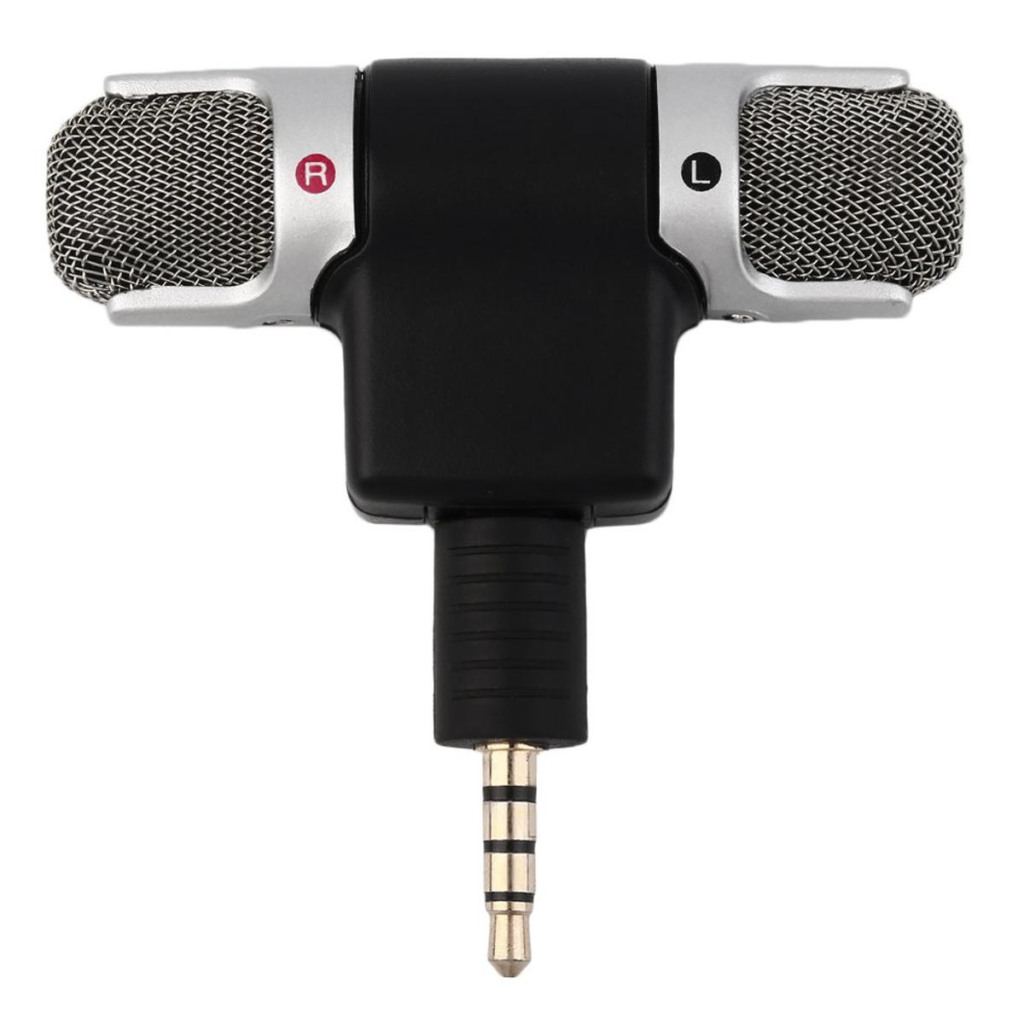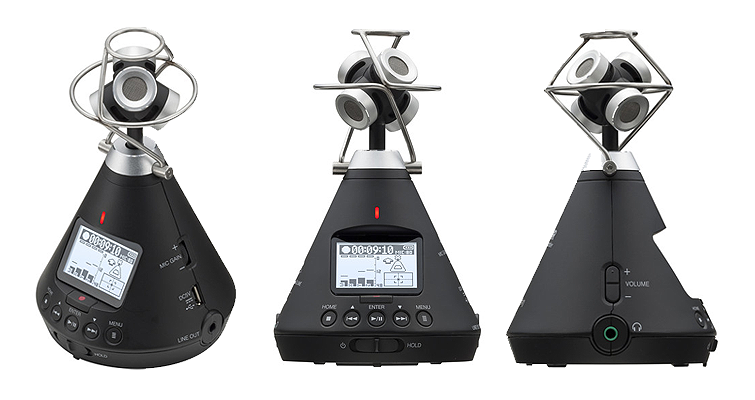A stereo microphone records the left and right channels separately. This makes it seem like the sound comes from more than one place in the stereo field.
The first stereo microphone was made in the 1930s. The British company De Forest Phonofilm introduced stereo sound to film in 1931. Two microphones capture sound from opposite directions. The sound was recorded on film and played through two speakers.
Stereo microphones gained popularity in the 1950s. 1954’s Neumann M-50 was the first consumer stereo microphone. This mic has two forward-facing directional capsules. This allowed it to record stereo sound field images.
Since the first stereo microphones were made many years ago, there have been many different designs and configurations, such as spaced pair, coincident pair, and mid-side (MS). Stereo microphones record music, make movies and TV shows, and increase live sound.
What is a stereo microphone?
Stereo microphones have two microphone elements and are meant to give you a wider, more immersive sound field than mono microphones. Most live events and outdoor shooting are better when the pickup pattern is broad.
Types of a stereo microphone
There are many different stereo microphones, each used for different things. Here are some common kinds:
- Spaced pair Stereo Microphone This particular microphone configuration features two distinct microphone units positioned at a distance from each other. The spatial breadth of the resulting audio stereo image is determined by the separation distance between these microphones
- Coincident Pair Stereo Microphone: This type of two microphones mounted on the same body and pointed in the same direction. Most of the time, the space between the capsules is very small, which makes for a narrow stereo image.
- Mid side stereo Microphone: A cardioid microphone (the “mid” microphone) and a figure-8 microphone make up this type The signals from the two microphones are put together in a certain way to make a stereo image.
- Boundary Stereo Microphone: This type of microphone is meant to be put on a flat surface, like a tabletop or the floor of a stage. It uses two microphones that pick up sound from all directions and are mounted at right angles to each other to make a stereo image of the sound field.
- Blumlein Stereo Microphone: This type of microphone is worn by a person and records a stereo image of the sound field from the person’s point of view. Binaural microphones often create immersive audio experiences like virtual reality or 3D audio.
- Ambisonic Microphone This type of microphone picks up sound from all directions and encodes it in a way that lets the sound field be played back in three dimensions. People often use ambisonic microphones for virtual reality and 360-degree video.
- TRRS Microphone: TRRS means “tip, ring, ring, sleeve,” referring to the four conductors that make up a TRRS microphone’s connector. In recent years, TRRS microphones have become more popular, especially with the rise of smartphones and tablets
Some of the most common features of stereo microphones are:
- Directionality: Consider directionality when choosing a microphone. Various polar patterns like omnidirectional, cardioid, and figure-8 influence the microphone’s sensitivity to sound sources from different angles, affecting its directional capabilities
- Frequency response: Examine frequency response in microphone selection. A broad frequency response enables the microphone to capture a wide spectrum of sounds, whereas a narrower response may limit it to specific frequencies
- Sensitivity: A microphone’s sensitivity is how easy it is to pick up sound. A microphone with high sensitivity will be able to pick up even quiet sounds, while a microphone with low sensitivity may only pick up louder sounds.
- Noise: Noise is any sound the microphone picks up that it doesn’t want to. A microphone with less noise will be able to record the sound field more clearly and accurately.
- Connectivity: Most stereo microphones have a preamp built in and need phantom power. Some microphones may also have a digital converter built in and be able to connect to a computer directly through USB.
- Durability: Stereo microphones are used in many different situations and may be handled roughly. A strong microphone will be able to handle these things and keep working well over time.
- Price: A stereo microphone’s price can vary greatly depending on its features and how well it works. Higher-priced microphones may have better sound quality and last longer, but cheaper microphones may be good enough for many uses.




